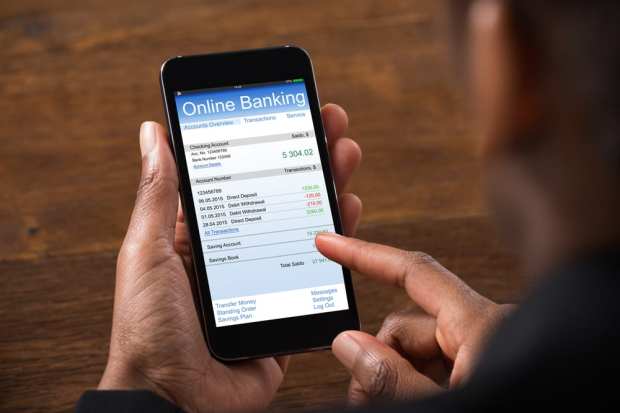How The Smartphone’s Evolution Drives The SMB Banking Experience

The mobile device has been providing small business owners with a quick, convenient way to check balances and initiate payments – the same way they’ve been ordering food or taxis — for years. While there is inherent value in having a quick glance at their bank accounts, SMB owners need far more functionality to run their businesses, meaning the mobile device has been relegated to a secondary platform through which to conduct banking — the first being the desktop, or even in-person meetings at local branches.
Pim Koorn, business project manager at Backbase, recently spoke with PYMNTS about how the pandemic has, and hasn’t, affected the way small and medium-sized business owners wield mobile banking apps to help manage operations and financing.
While banks’ own technological capabilities are key to enhancing the value of mobile banking platforms, it’s the evolution of the mobile device itself, he said, that can truly add value and expand functionality for entrepreneurs.
Value Of Mobile Banking Amid The Pandemic
Financial institutions (FIs) in recent years have invested in mobile technology to meet the minimum level of functionality SMBs require from a mobile app. That’s quickly changing, however, for FIs serving all kinds of customers.
“First and foremost, [mobile banking plays] a rapidly increasing role in the whole sector,” said Koorn. “Two years ago, there were mobile apps, but they weren’t the absolute priority, in my experience. Over the past year, that has changed completely.”
To remain competitive, a mobile app is a must-have. For small business owners, smartphones offer a quick and easily accessible platform to perform some of the more basic banking functions, or for an immediate — albeit often simplified — overview of finances.
Today, that value has expanded as a result of the pandemic, said Koorn, who noted that the “stragglers” – the late adopters — have finally jumped on the mobile SMB banking bandwagon in the midst of bank branch closures and social distancing measures.
The pandemic has also led to an expansion of the ways business owners use these mobile apps, with Koorn noting an uptick in SMB loan applications and management via mobile devices in recent months.
Evolution Of The Mobile Device: What’s Ahead
As adoption grows, so has the functionality of banks’ mobile offerings. In addition to payments initiation and account balance inquiries, the smartphone’s integration of a camera has allowed for remote check deposit and QR code scanning capabilities.
The possibilities for smartphone banking are vast, but they are limited — largely due to one of the biggest disadvantages mobile devices have compared to tablets and desktop portals: a smaller screen. As a result, Koorn noted that, while small business owners can accomplish some degree of more complex tasks like cash flow management and forecasting, it’s typically a “light” version of these functions.
“The mobile screen’s real estate — the screen size — is just too small” to support some of these more complex functions, he said. “There becomes a moment in time where this is friction. You see that with big overviews, or data-heavy, repetitive tasks. There, we see that the desktop or other bigger screens make more sense.”
Banks have navigated this challenge by offering simplified versions of the more complex functions they provide via desktop. For instance, a small business may not be able to efficiently conduct forecasting models based on sales forecasts on a mobile device, but the small screen does indeed allow SMB owners to view the results of those forecasting models.
This point of friction highlights the role that the evolution of banks’ own technology, and of the mobile device itself, plays in strengthening SMB mobile banking and, as a result, forging stronger relationships between small businesses and financial service providers.
With smartphones elevating the sophistication of their technologies, there will be even more potential to expand the value of mobile banking apps. Koorn noted the opportunities in biometric authentication, for instance, which will continue to improve in accuracy for safe and secure banking experiences.
The rise of a real-time payments environment may also foster the demand for not only more efficient and convenient banking experiences, but faster ones, too — in which the pace of operating a small business accelerates even further. In this regard, the mobile device is yet again a valuable asset that is nearly always at the fingertips of a small business owner. With the mobile banking app no longer an elective offering for FIs, the prioritization of heightened mobile functionality is likely to continue to rise even after pandemic disruption has settled.
